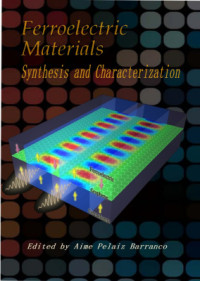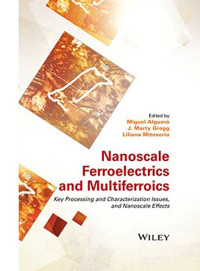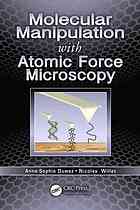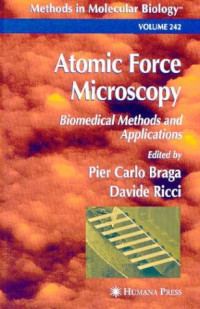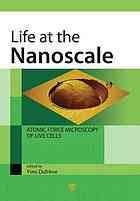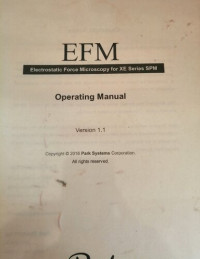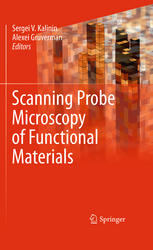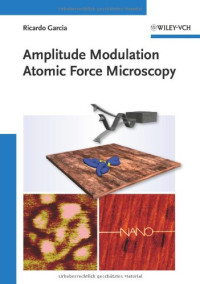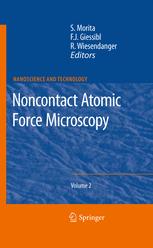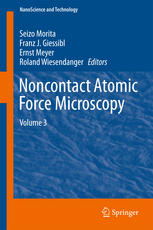
Ferroelectric Domain Walls: Statics, Dynamics, and Functionalities Revealed by Atomic Force Microscopy
Jill Guyonnet (auth.)Using the nano metric resolution of atomic force microscopy techniques, this work explores the rich fundamental physics and novel functionalities of domain walls in ferroelectric materials, the nano scale interfaces separating regions of differently oriented spontaneous polarization. Due to the local symmetry-breaking caused by the change in polarization, domain walls are found to possess an unexpected lateral piezoelectric response, even when this is symmetry-forbidden in the parent material. This has interesting potential applications in electromechanical devices based on ferroelectric domain patterning. Moreover, electrical conduction is shown to arise at domain walls in otherwise insulating lead zirconate titanate, the first such observation outside of multiferroic bismuth ferrite, due to the tendency of the walls to localize defects. The role of defects is then explored in the theoretical framework of disordered elastic interfaces possessing a characteristic roughness scaling and complex dynamic response. It is shown that the heterogeneous disorder landscape in ferroelectric thin films leads to a breakdown of the usual self-affine roughness, possibly related to strong pinning at individual defects. Finally, the roles of varying environmental conditions and defect densities in domain switching are explored and shown to be adequately modelled as a competition between screening effects and pinning.
 Amazon
Amazon  Barnes & Noble
Barnes & Noble  Bookshop.org
Bookshop.org  File converter
File converter More search results
More search results More benefits
More benefits 












